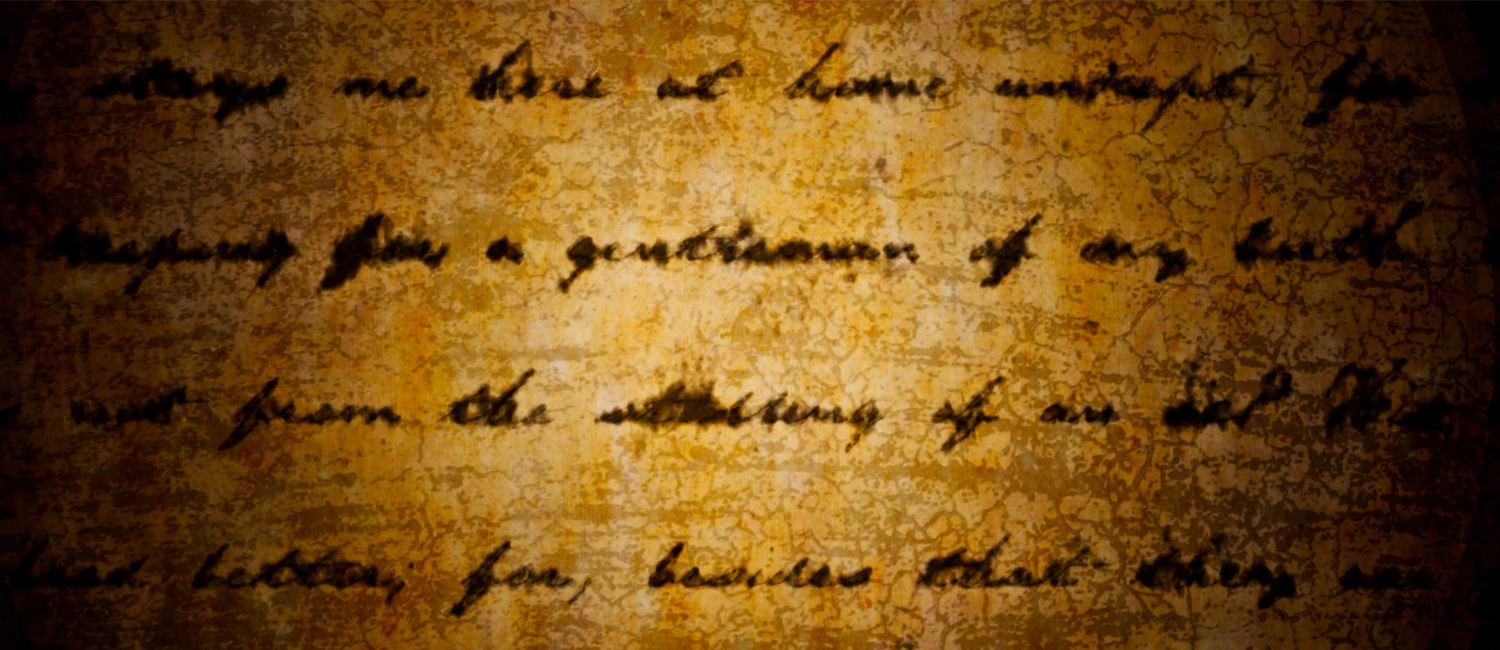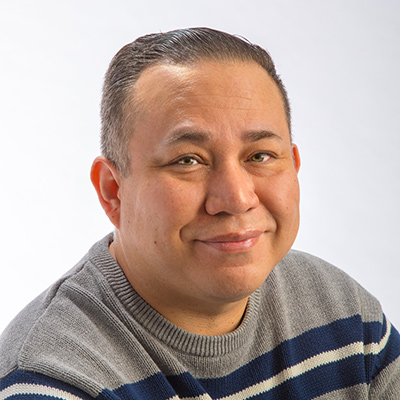
A personal path to preserving Oneida culture
The Oneida language is struggling to survive. Only a few dozen people grew up with it and still speak it fluently in Wisconsin, New York and Canada. UNESCO classifies the language as critically endangered.
How it got to this point involves a complex entanglement of education policies and cultural loss dating back more than a century. But preservation efforts continue, and UWM School of Education master’s student Antonio Doxtator is deeply invested in helping.

A member of the Oneida Nation of Wisconsin himself, Doxtator is studying how educators have revitalized efforts to pass their Oneida cultural heritage to younger generations, with an eye toward improving such efforts and ultimately saving the language.
Doxtator interviewed three generations of Oneida language students to see how teaching has changed over the years.
“In the 1970s, students were learning from elders who were fluent,” Doxtator says. “By the 1990s and 2000s, some of those people had passed away, and students weren’t learning as well because their teachers weren’t as fluent.”
Doxtator took a complicated path to finding his research calling at UWM. It included dropping out of high school when he was in 10th grade.
“I didn’t see a lot of Native Americans in education,” he says, “so it didn’t seem like the path for me.”
He eventually earned his high school equivalency certificate, then an associate degree in human services from MATC. After working as a gang task force coordinator on the Oneida Reservation west of Green Bay, he completed his undergraduate degree at UWM in community engagement and education.
In 2011, while still working on his undergrad degree, Doxtator co-wrote a book with doctoral student Renee Zakhar, “American Indians in Milwaukee.” “I wanted to put that history out there for community members to see,” Doxtator says, “so they could develop a sense of identity and self-worth.”
Now, advised by Associate Professor Marie Sandy, he’s pursuing a master’s degree in cultural foundations of community engagement and education. In doing so, Doxtator is also exploring the legacy of Native American boarding schools.
The U.S. Bureau of Indian Affairs began operating off-reservation boarding schools in the 1870s with the goal of assimilating Native American children into white, English-speaking society. Children were taken from families, given English names and forbidden to speak tribal languages.
In the 20th century, tribes gained sovereignty over their education, and the Indian Child Welfare Act of 1978 established protections for children in danger of being removed from their cultures. A positive step, but so much damage had already been done. “My great-grandfather spoke the Oneida language,” Doxtator says, “but he lost it in boarding school. Because of that, my grandmother didn’t know much about her culture growing up.”
Through his work, Doxtator aims to keep changing education from something that took away Native American culture to something that rejuvenates and preserves it.
“I’m trying to show that there’s a process of putting together all these things we’ve lost,” he says. “We can use our heritage to help us be successful in our schooling, communities and careers. When you have a greater sense of identity, you can succeed.”